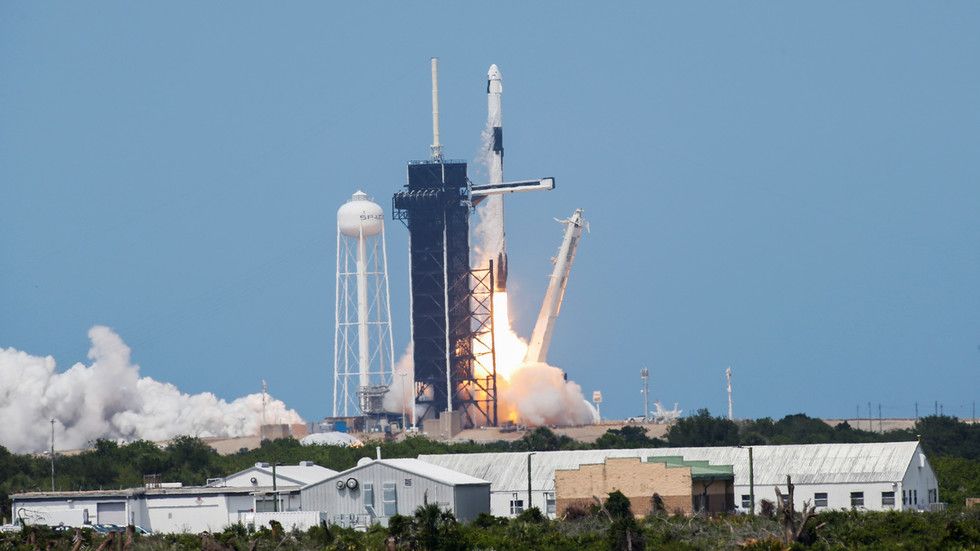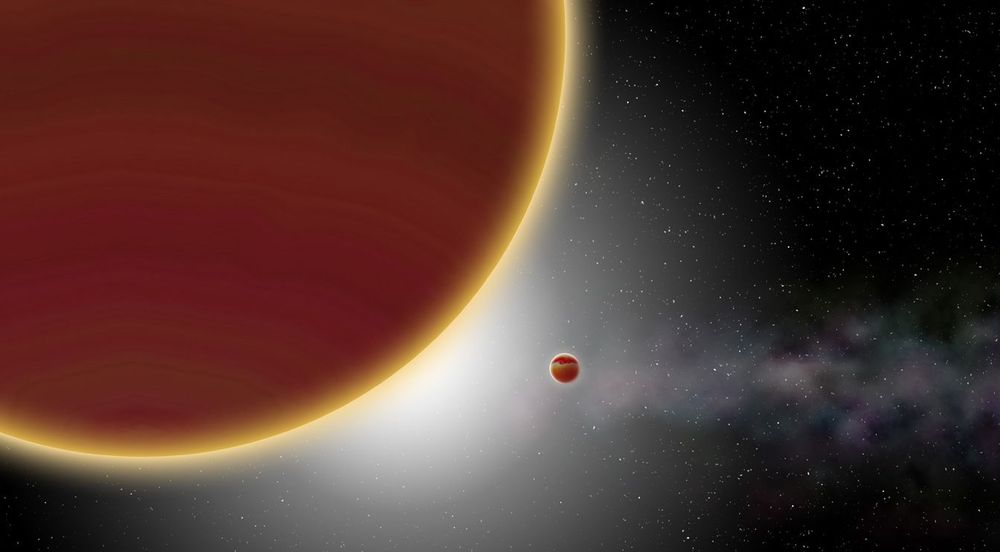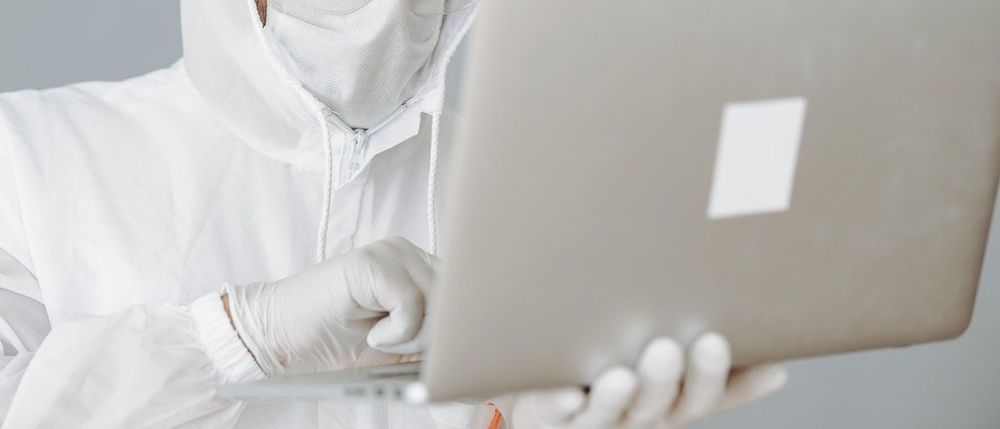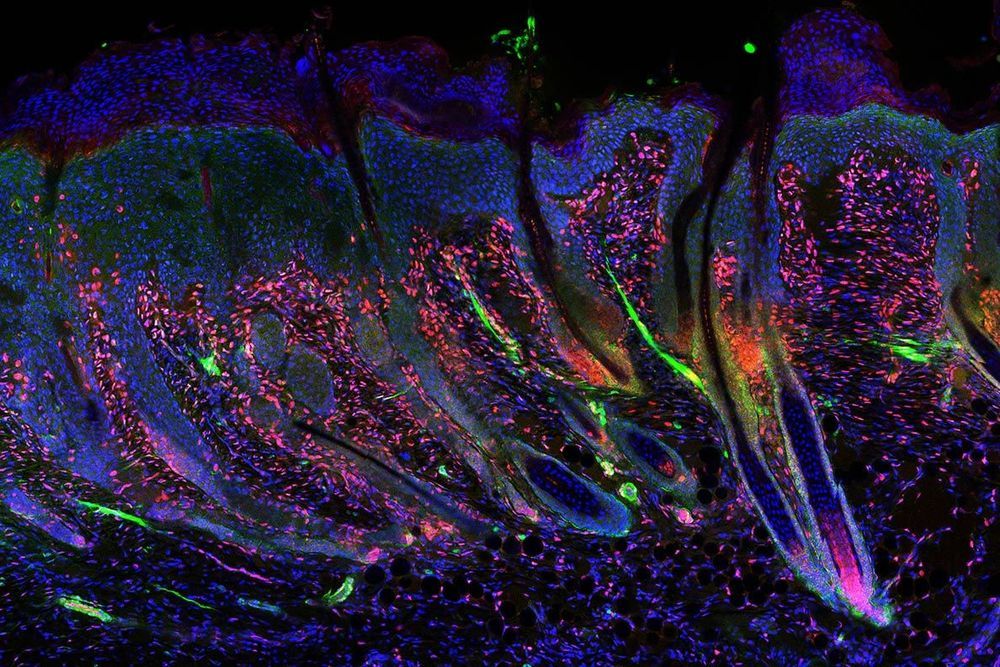Oct 7, 2020
The Pentagon Commissioned SpaceX to Build Missile-Tracking Satellites
Posted by Malak Trabelsi Loeb in categories: internet, military, satellites
#SpaceX just partnered with the U.S. military’s #Space Development Agency (SDA) to manufacture four new satellites that the Pentagon will use to detect and track missiles from space.
The $149 million contract is for four satellites, according to Reuters, which are scheduled to be delivered by the end of 2022. The actual #missile-tracking sensors will be developed by a separate subcontractor and attached to the #satellites later, but the military is hoping to piggyback on SpaceX’s recent success in ramping up satellite production for its #Starlink network.
It’s the first time SpaceX is building satellites for the military.
Continue reading “The Pentagon Commissioned SpaceX to Build Missile-Tracking Satellites” »

















